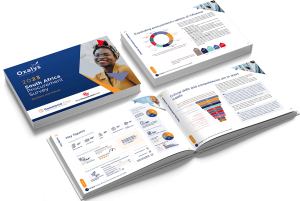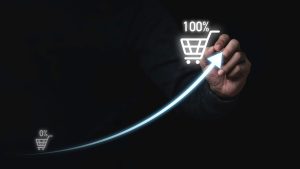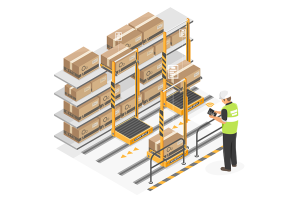(Part 1): The evolving legal frameworks

Spend Matters – an Austrian-based company covering procurement technology for supplier management and sourcing – has begun a 3-part series looking into how a combination of process and technology can help root out and combat forced labour and modern slavery in global supply chains. The company’s senior analyst, Bertrand Maltaverne talks to Smart Procurement about the regulatory environment, the role technology can play in bringing issues to the fore, and the key solution vendors enabling this transparency. In this month’s SmartProcurement Newsletter, he begins with the evolving regulatory frameworks within which we must work.
June 2022: the US “Uyghur Forced Labor Prevention Act” (UFLPA) becomes effective. Importers must demonstrate “by establishing, with clear and convincing evidence” that the imports are not the product of forced labour.
January 2023: the German supply chain Act “Lieferketten Sorgfaltspflichtgesetz” (English: “Act on Corporate Due Diligence Obligations for the Prevention of Human Rights Violations in Supply Chains”) will come into effect. Companies with more than 3,000 employees must ensure that their supply chain is free of human rights violations.
Procurement is staring down a major ethical obstacle in global supply chains, and global governments are upping their scrutiny of how well — and how quickly — organisations are able to address the challenge. The issue in focus is human rights — specifically, forced labour/modern slavery within global supply chains.
The two laws referenced above are only the latest in a series of legislative decrees that apply to human rights and supply chains. They are not the first ones and won’t be the last either. They illustrate a global movement to get supply chains in order. This movement is fueled by governments creating regulations that require companies to look at what they produce, buy and source, even (and especially) when goods are coming from overseas.
Part of the headache for procurement and supply chain professionals is that, even if all these laws try to tackle the same issue, they do it differently. Scope of application, definitions, enforcement/control means, penalties, etc. vary from one country to another. However, they all represent the same challenges at the core: supply chain transparency and compliance requirements.
For these reasons, our series will explore this critical topic to provide contextual details: the legal frameworks in place and important upcoming evolutions. We will then, in part 2, look at what it means for procurement professionals regarding challenges and approaches. In part 3, we will also deep dive into enabling and supporting procurement technologies available on the market.
By Bertrand Maltaverne, Procurement Digitalist, Spend Matters, Austria.



























